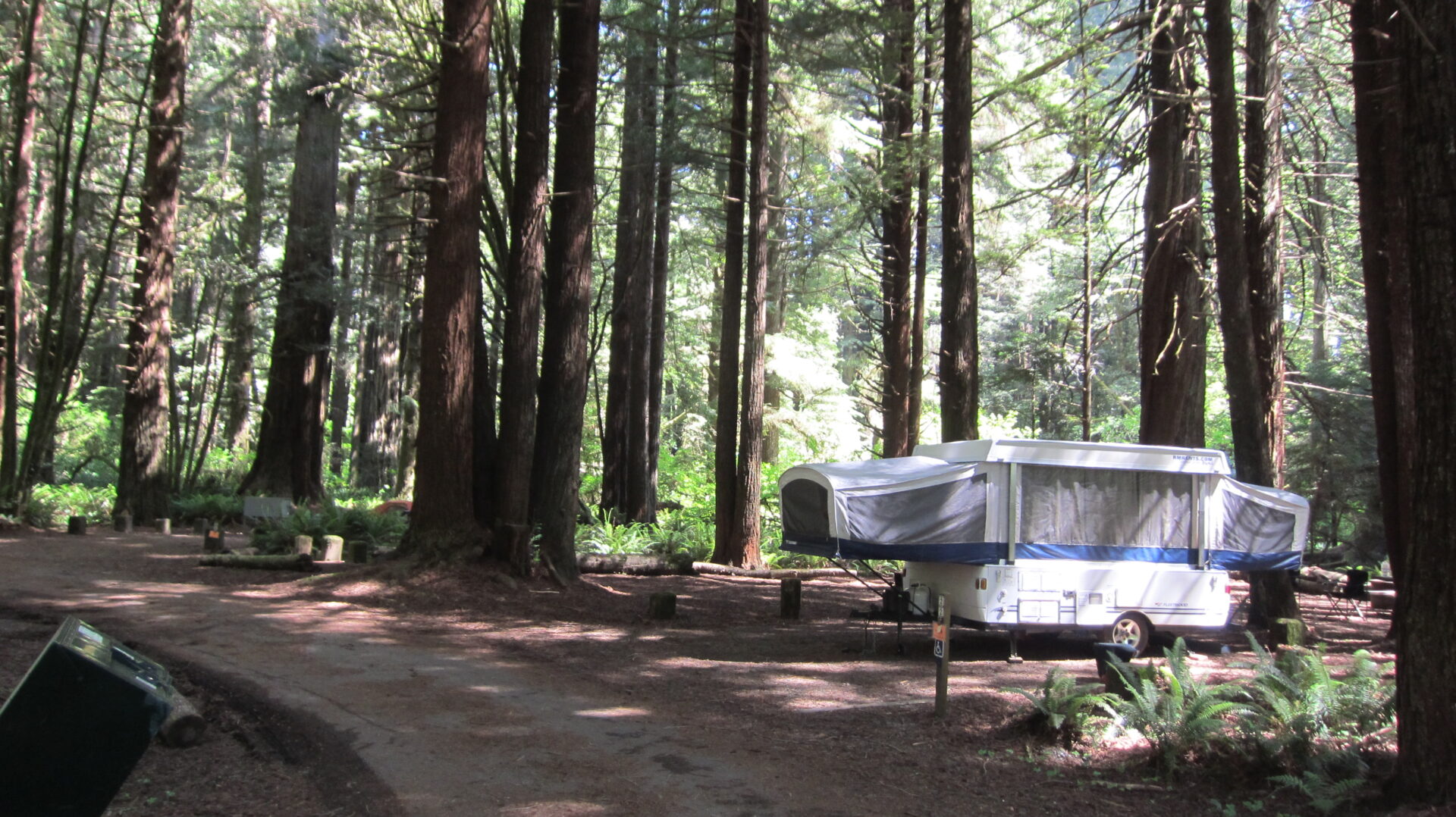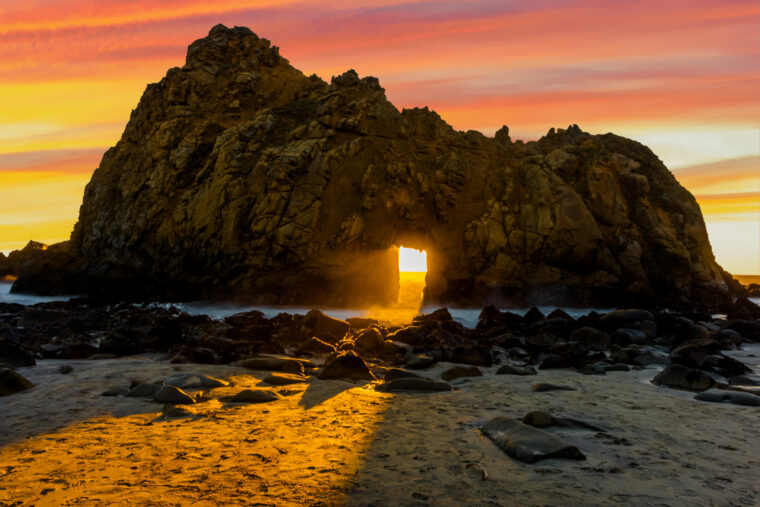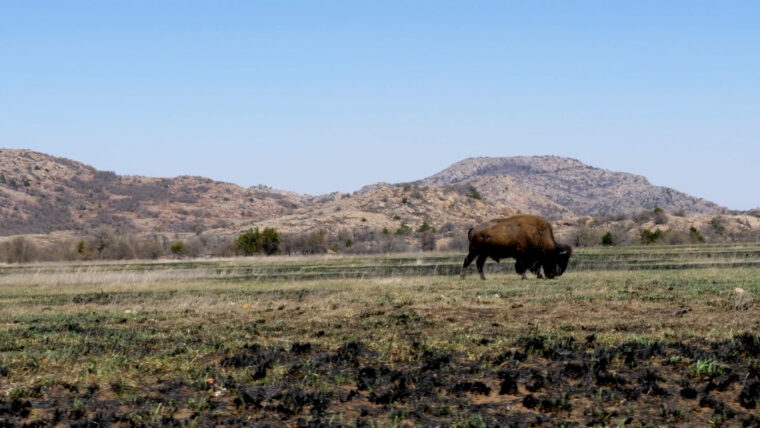Hiking and camping among the old-growth cedar trees in the Pacific Northwest is a peaceful and meaningful experience. From waterfalls to beaches, here are some of the top campgrounds in the region.
1. Cape Disappointment State Park, Washington
Perched on the end of a peninsula, where the Columbia River empties into the Pacific Ocean, Cape Disappointment State Park embodies the region’s wild coastline. Waves crash onto lighthouse-dotted cliffs and meadows glow with spring wildflowers. The beaches here feel endless, and there’s even a good surfing break.
Today, there are abandoned World War II-era military bunkers and coast defense batteries to explore as well as abundant birdwatching, thanks to a mix of freshwater lakes, saltwater marshes, and ocean tidal flats. Nearby attractions include the on-site Lewis & Clark Interpretive Center, the Willapa National Wildlife Refuge, and the Washington towns of Long Beach and Ilwaco.
10 Wildlife Refuges With RV Campgrounds Nearby
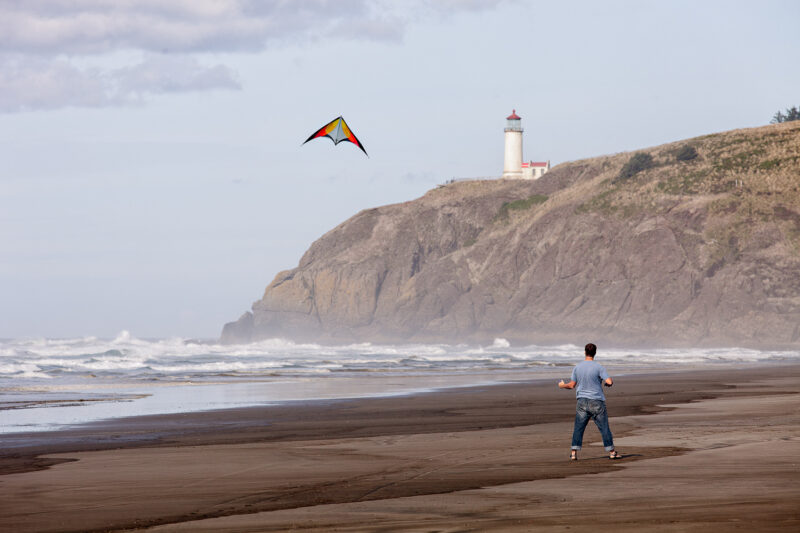
Where to Camp
The state park features 137 campsites, 50 with full hookups and 18 with water and electricity. The maximum RV length is 45 feet, but those spots are limited. Regardless of size, reservations are recommended year-round and can be made online.
Other amenities include yurts, cabins and historic vacation homes, five primitive sites, a store and seasonal restaurant, showers, a dock, and a boat launch. The park and campground are dog-friendly and open year-round.
2. Fort Worden Historical State Park, Washington
There’s a lot to see at Fort Worden Historical State Park, including military ruins, parade lawns, beaches, bluffs, a saltwater shoreline habitat, and restored Victorian-era homes. The park and campgrounds are located on Puget Sound, overlooking the Strait of Juan de Fuca, set to the perpetual sound of seagulls and crashing waves.
On the nature side, there’s more than 2 miles of beach, plus hiking, biking, and interpretive trails. For man-made exploration, there’s an artillery museum, a marine science center, a lighthouse, and several eateries. It’s just 2 miles to charming downtown Port Townsend, and beyond that lies the Olympic Mountains, the Hoh Rain Forest, and Vancouver Island.
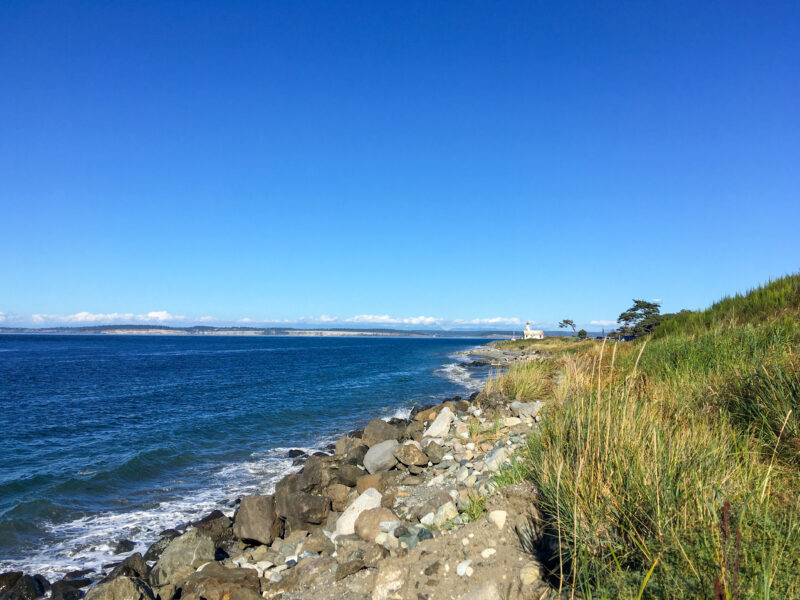
Where to Camp
There are two campgrounds: The Beach Campground has 50 full-hookup sites just off of the beach; the Upper Forest Campground’s 30 sites are more private, and have water and electricity. The maximum vehicle length is 75 feet (with limited availability).
Amenities include showers, historic vacation home rentals, a dock, a marina, fitness classes, tennis courts, and a visitor center with a gift shop. Reservations are highly recommended and can be made online. The park and campground are dog-friendly and open year-round.
3. Beverly Beach State Park, Oregon
Oregon’s beaches feel detached from the rest of the world, with moods ranging from foggy and mysterious to sunny and joyful. Bluffs of wind-sculpted trees stand sentinel above the sand. Driftwood logs and interesting rocks abound, and Beverly Beach State Park has a particularly cool set of tide pools with anemones, mussels, and sea stars.
The park’s shoreline stretches into the kelp beds of the Otter Rock Marine Reserve. Nearby attractions include the Devil’s Punchbowl State Natural Area, whale watching viewpoints, the Oregon Coast Aquarium, Yaquina Head Lighthouse, and the town of Newport, Oregon.
Where to Camp
The campground is large and tucked in the trees, and some sites have beach access. There are 53 full-hookup sites, 27 of which have cable TV. There are another 76 sites with electric and water, 32 of which are pull-through.
Other amenities include 128 tent sites, 21 yurts, showers, a small gift and provisions shop, and a playground. Reservations are recommended, especially in the summer, and can be made online. The park and campground are dog-friendly and open year-round.
4. Silver Falls State Park, Oregon
Away from the coast, the temperate rainforest of Oregon’s Cascade Mountains calls to outdoor lovers with canyons of ferns, mosses, and waterfalls aplenty. At Silver Falls State Park you can walk behind a 17-story waterfall and hike past nine others.
In total, there are 24 miles of hiking trails, 14 miles of which allow horses, and a 4-mile bike path. Though a popular destination, it’s also Oregon’s largest state park, so there are plenty of quiet places in which to escape. Nearby attractions include the Willamette Valley and the historic town of Salem, Oregon, with its museums, wine tastings, and other entertainment.
Where to Camp
There are 48 sites (two are accessible) with power and water, 18 of which are open year-round. A separate horse campground is open from May to October, with five primitive sites with horse stalls plus a group site.
Other amenities include seasonal tent sites and cabins, showers, guided horseback rides, a restaurant, horseshoe pits, a dog park, and a playground. Dogs aren’t allowed on the main trail because it’s narrow with occasional sharp drop-offs, but they’re allowed on other trails in the park. Reservations are recommended, especially in the summer, and can be made online.
5. Prairie Creek Redwoods State Park, California
Old-growth redwoods are the draw at Prairie Creek Redwoods State Park, but there are also sandy beaches, lush ferns, and a herd of Roosevelt elk. This sanctuary is ideal in the summer, when the misty coastline keeps temperatures in check.
Three scenic drives make for sightseeing opportunities, but the most profound way to appreciate the world’s tallest living tree species is on foot. There are 75 miles of hiking trails, including self-guided interpretive walks, plus a 19-mile bike loop and the Revelation Trail, which is designed to emphasize the use of all five senses.
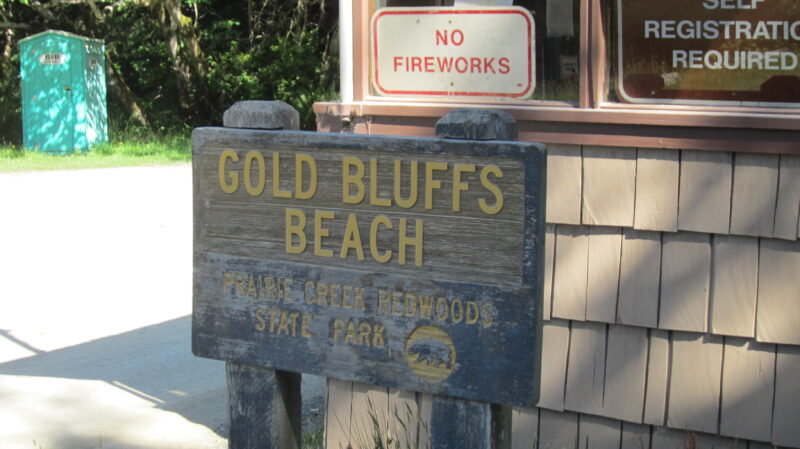
Where to Camp
There are two campgrounds in the park and reservations (available online) are strongly recommended year-round. The Elk Prairie Campground has 75 sites, all of which are dry, with a maximum length of 27 feet for RVs and 24 feet for trailers. Amenities include some water stations and two bathhouses with showers.
The Gold Bluffs Beach Campground has 26 sites, limited to cabover campers and tent camping. There are also cabins. Dogs are prohibited on all trails, but are allowed on the beach, campgrounds, and roads.
Note: The access road for Gold Bluffs Beach, Davidson Road, has a maximum vehicle width of 8 feet and maximum length of 24 feet, and no trailers of any kind are allowed.
